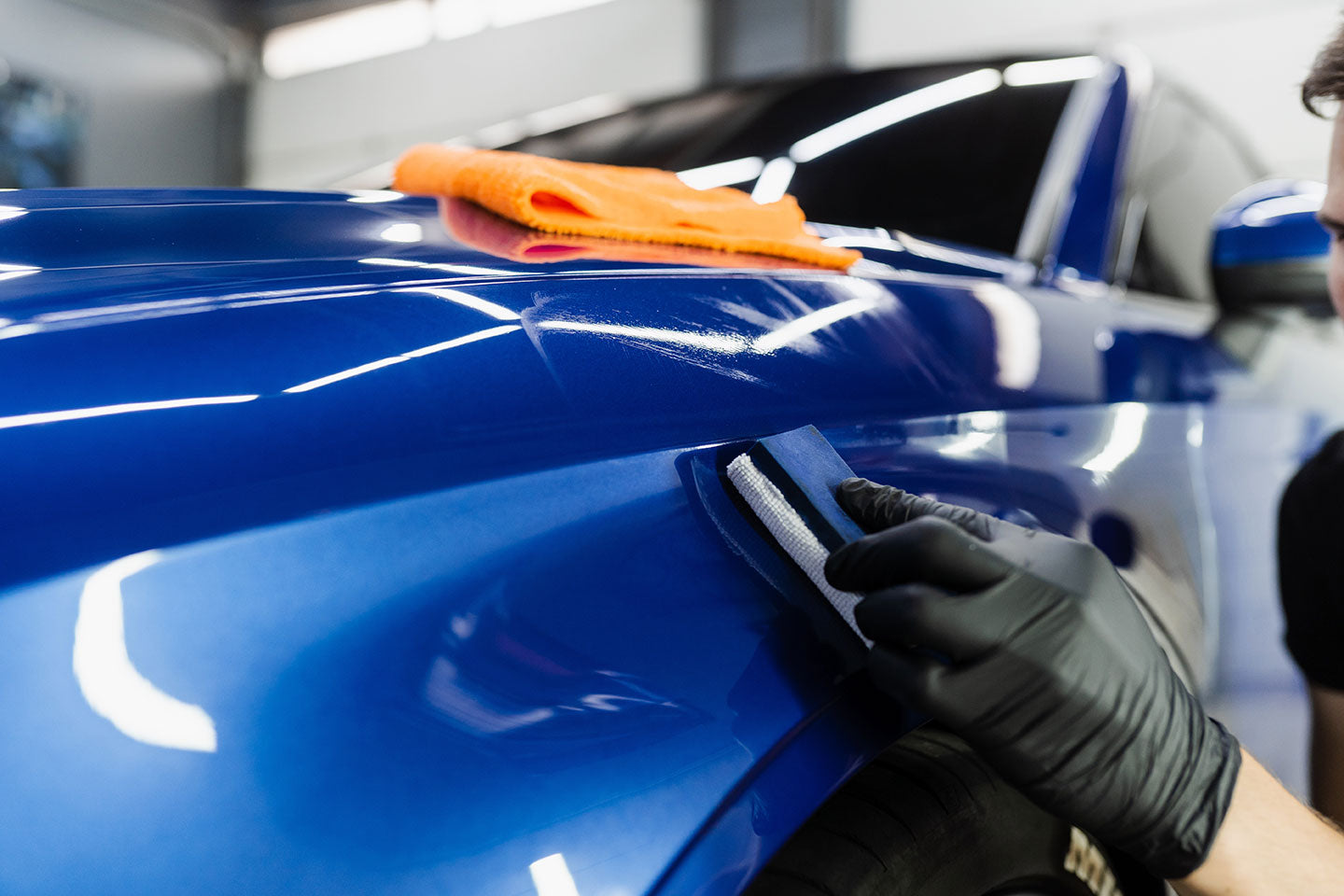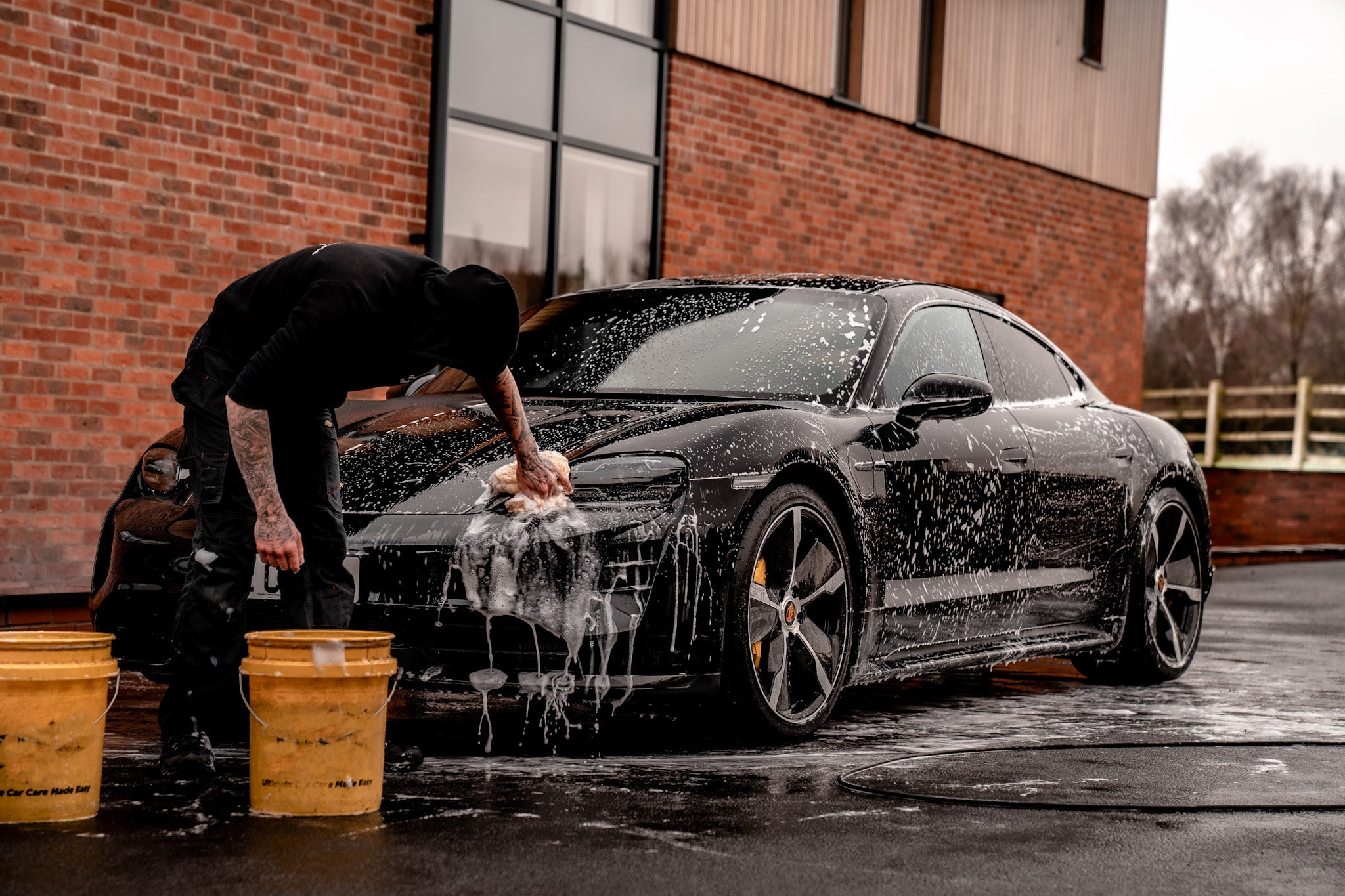A Comprehensive Guide to the Types of Ceramic Finishing on the Market
Ceramic coverings have arised as a pivotal option throughout various markets due to their distinct homes and applications. As we explore the unique attributes and applications of these finishings, the effects for performance and durability come to be progressively noticeable, raising concerns regarding which kind may finest fit your requirements.
Comprehending Ceramic Coatings
Ceramic layers are innovative safety services that have gotten appeal in numerous industries, particularly in auto and aerospace applications. These finishings include a liquid polymer that, when healed, creates a sturdy, hydrophobic layer on the surface area of the substratum. This layer gives boosted resistance to ecological pollutants, UV radiation, and chemical direct exposure, thus prolonging the life and visual appeal of the underlying product.
The basic element of ceramic finishes is silica, which adds to their hardness and resilience. The application process typically involves surface area preparation, application of the covering, and treating, which can be attained with heat or UV light. As soon as treated, ceramic finishes exhibit phenomenal bonding residential or commercial properties, allowing them to adhere highly to a range of surfaces, including steels, plastics, and glass.
In addition to their protective functions, ceramic coatings likewise supply simplicity of upkeep. Their hydrophobic nature reduces the adherence of dust and gunk, making cleansing simpler and less regular. Overall, the fostering of ceramic coatings stands for a significant innovation in surface area protection technology, supplying both practical and visual benefits throughout multiple markets.
Kinds Of Ceramic Coatings
Different sorts of ceramic coverings are readily available, each designed to fulfill particular efficiency demands and applications - ceramic coating sarasota. The most common types consist of:
Silica-based Coatings: These coatings primarily include silicon dioxide and are recognized for their resilience and chemical resistance. They are commonly utilized in automobile and industrial applications.
Titanium Dioxide Coatings: Prominent for their photocatalytic homes, titanium dioxide coverings are usually applied in atmospheres where self-cleaning and antifungal residential or commercial properties are preferable, such as in building products and automotive coatings.
Zirconia Coatings: Characterized by their high-temperature stability and thermal resistance, zirconia coverings are made use of in applications such as generator engines and high-performance automotive elements.
Alumina Coatings: Showing excellent solidity and thermal security, alumina finishes are often used in wear-resistant applications, consisting of reducing tools and industrial equipment. - Paint Protection Film
Crossbreed Coatings: Integrating the buildings of numerous products, crossbreed coatings use enhanced performance attributes, making them suitable for one-of-a-kind and demanding applications.
Each kind of ceramic finish serves unique functions, enabling customers to select one of the most suitable remedy based top article upon particular environmental conditions and efficiency requirements.
Benefits of Ceramic Coatings
Coatings play an essential role in enhancing the performance and durability of surface areas across numerous industries. Ceramic coatings, in specific, offer countless benefits that make them increasingly popular amongst producers and customers alike. Among the main advantages is their exceptional durability. These finishes are resistant to scratches, chemicals, and UV rays, guaranteeing that the underlying surface area stays protected in time.
Along with resilience, ceramic coatings offer exceptional hydrophobic properties, allowing for simple cleaning and maintenance. This water-repellent nature lessens the adherence of dust, crud, and other impurities, which can extend the aesthetic allure and performance of the surface area. Ceramic coatings can dramatically improve thermal resistance, making them perfect for applications that withstand high temperature levels.

Application Process
When using ceramic coverings, a thorough method is crucial to accomplish optimum results. A tidy surface area guarantees correct adhesion of the finish.
When the surface area is prepped, the following step is to apply the ceramic layer. This can be done utilizing an applicator pad or a microfiber towel, guaranteeing navigate to this website also coverage. It is important to function in small sections to preserve control and stop early curing. The finishing needs to be applied in thin layers, as thicker applications can result in irregular finishes.
After application, the coating requires a certain treating time, commonly ranging from a couple of hours to visit this web-site a full day, depending upon the product. During this time around, it is crucial to avoid direct exposure to wetness or pollutants. Ultimately, a gentle buffing may be required after healing to boost the gloss and get rid of any kind of high places. Following these steps vigilantly will maximize the effectiveness and long life of the ceramic layer, giving a sturdy safety layer for the surface.
Upkeep and Durability
To guarantee the long life and effectiveness of a ceramic finish, regular maintenance is essential. Ceramic finishes, known for their longevity and protective high qualities, call for specific care routines to optimize their life-span and performance.
Along with routine cleaning, routine examinations are essential. Try to find signs of wear or damage, such as hydrophobic homes lessening or surface blemishes. If required, a light polish might be put on invigorate the finishing without removing it away.
Additionally, the application of a booster spray can boost the finish's hydrophobic effects and recover its gloss. This is specifically advantageous for finishes that have been in usage for an extensive duration. Inevitably, by adhering to these upkeep practices, one can significantly expand the life of a ceramic covering, making sure that it continues to supply optimum defense versus environmental elements and maintain the aesthetic appeal of the vehicle.
Conclusion
